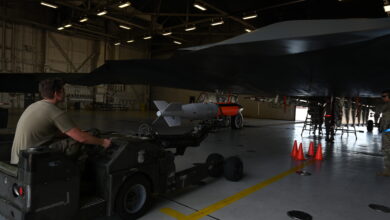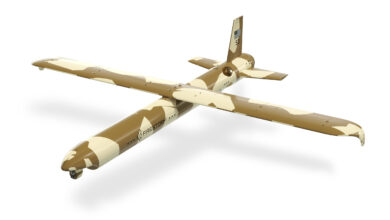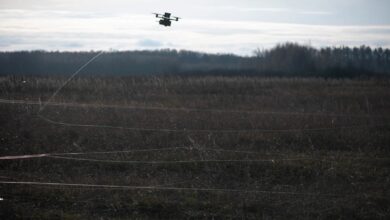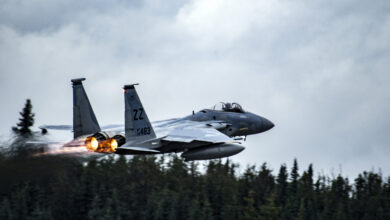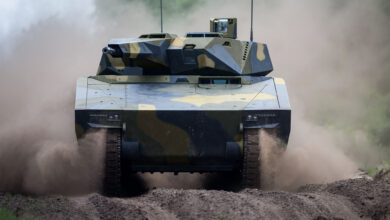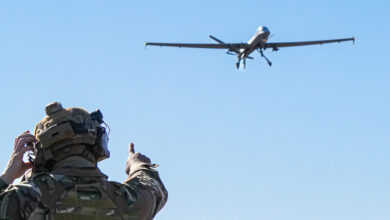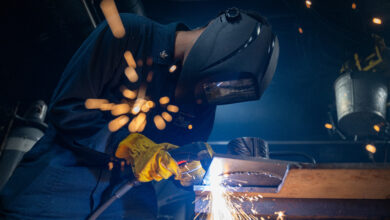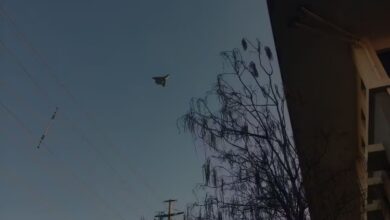US Pacific Air Forces Trial Counter-Chemical Warfare Protection in South Korea
The US Pacific Air Forces (PACAF) has tested counter-chemical warfare tactics, techniques, and procedures (TTP) for the first time at Kunsan Air Base in South Korea.
The trial is part of the service’s Next Generation Aircrew Protection program, which secures the aircrew’s chemical, biological, radiological, and nuclear (CBRN) protective equipment.
The program seeks CBRN countermeasures modernization “to meet emerging threats while maintaining peak human performance.”
“Current aircrew and pilot CBRN protective equipment are effective but restrictive and burdensome, thus hindering combat effectiveness,” PACAF Chief Master Sgt. Charles Hall explained.
“The Air Force realized this in late 2021 and early 2022 and set aside about $16 million to conduct research on aircraft, ground and air testing across various platforms to collect quantitative and qualitative data.”

Making ‘Tough Decisions’
During the trials, the airmen demonstrated the CBRN TTPs by launching and recovering a flight mission in a simulated chemical-filled environment.
Subject matter experts analyzed data from the trials to refine existing TTPs for improved aircrew protection and maintain PACAF’s “Flight Tonight” mission.
“Wing commanders have an associated risk attached to nearly every decision they make,” PACAF Senior Master Sgt. Ryan Rios emphasized.
“With the integrated data and refined TTPs, wing commanders now have additional information to help them make those tough decisions and continue executing their mission should a CBRN event occur.”
Uniform Chemical Countermeasures
In the future, PACAF will validate each of its Major Command installations to standardize counter-chemical warfare measures.
“Risk is ever-present. Looking at combat operations in a chemical environment brings the question to mind; How does one balance and right-size risk to improve combat effectiveness?” TTP Specialist and 97th Medical Group Commander Col. Daniel Roberts stated.
“Thinking this way allowed us to improve human performance and the ability of our ground crews to turn aircraft in an effective manner so our combat forces are ready when called upon.”



